[Our Museums] Ride through nation's train heritage at Korea Railroad Museum
By Kim Hae-yeonPublished : Oct. 24, 2023 - 14:10
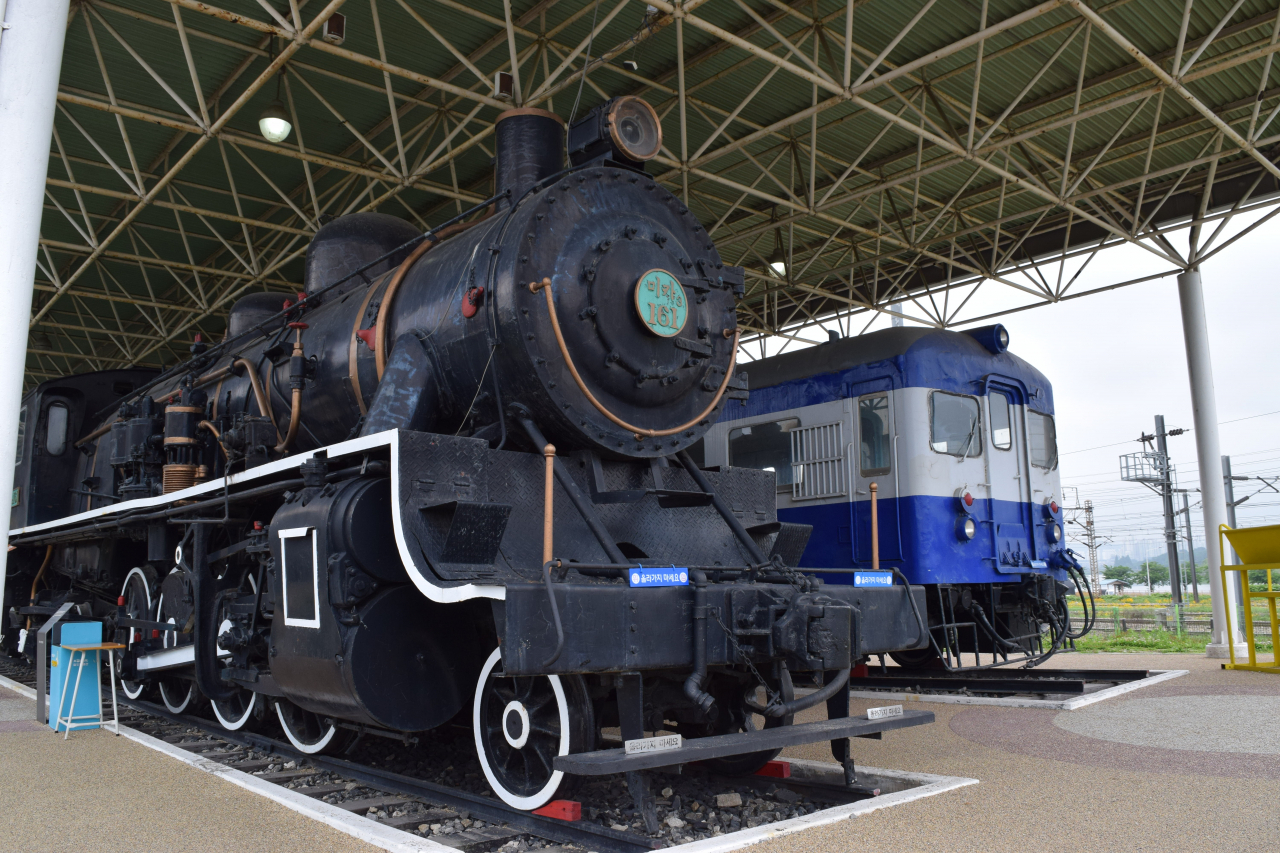
Korean railroad history is vividly displayed in Uiwang, Gyeonggi Province, often referred to as the "city of rail."
Run by Korail, the national railway operator, the Korea Railroad Museum is an hour's drive from central Seoul.
Uiwang's railway history goes back to 1944, with the opening of Bugok Station.
During the process of redistributing the functions of the original railway hub at Seoul's Yongsan Station, an official residence for railway personnel was also established near the Bugok Station. Other facilities were gradually set up in the vicinity. In 1966, a railroad car manufacturer was founded in the area, which went on to become Daewoo Heavy Industries.
The museum boasts a collection of some 12,600 railroad-related artifacts and 26 vehicles, including four that were registered by the Cultural Heritage Administration in April last year.
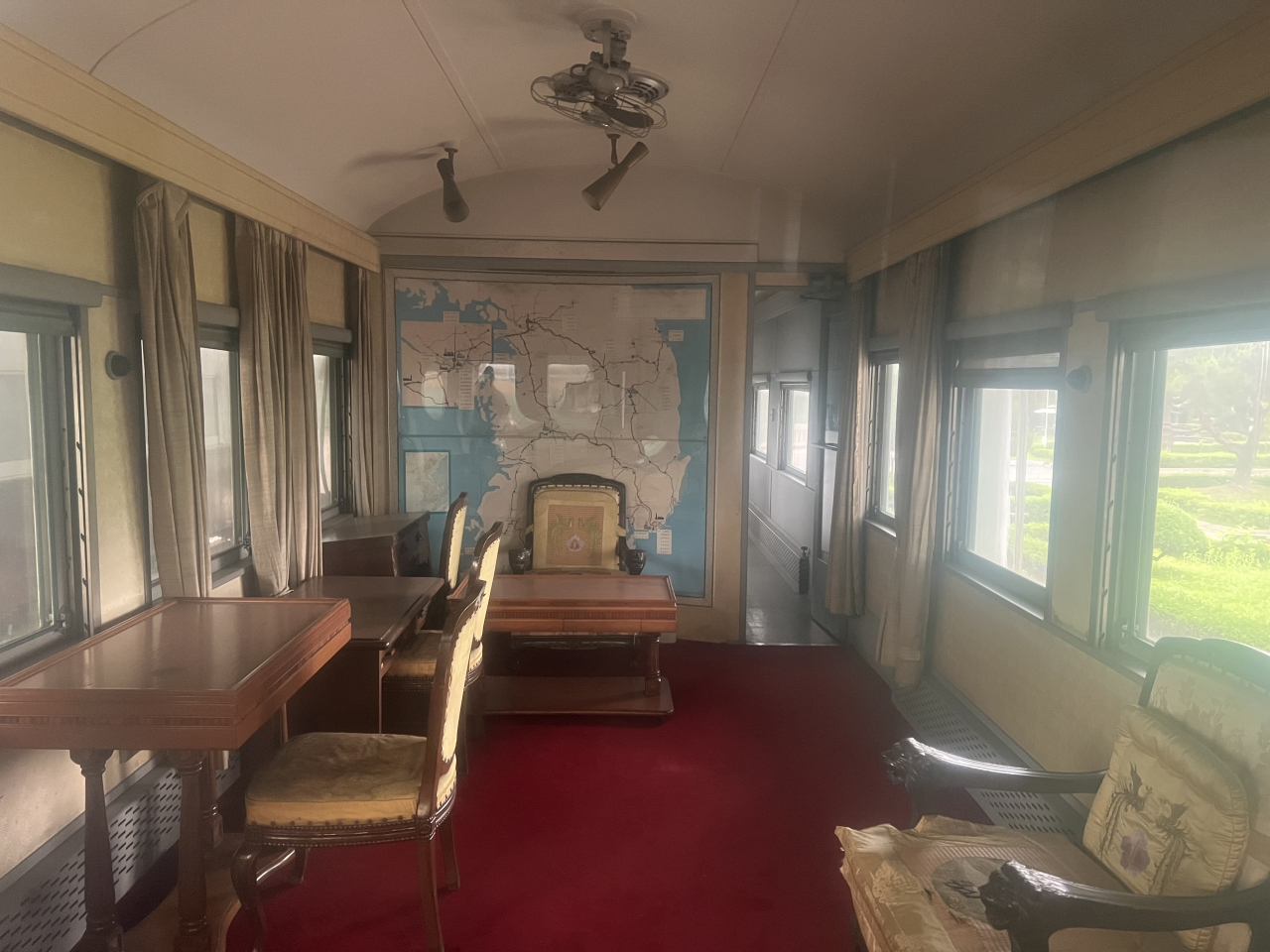
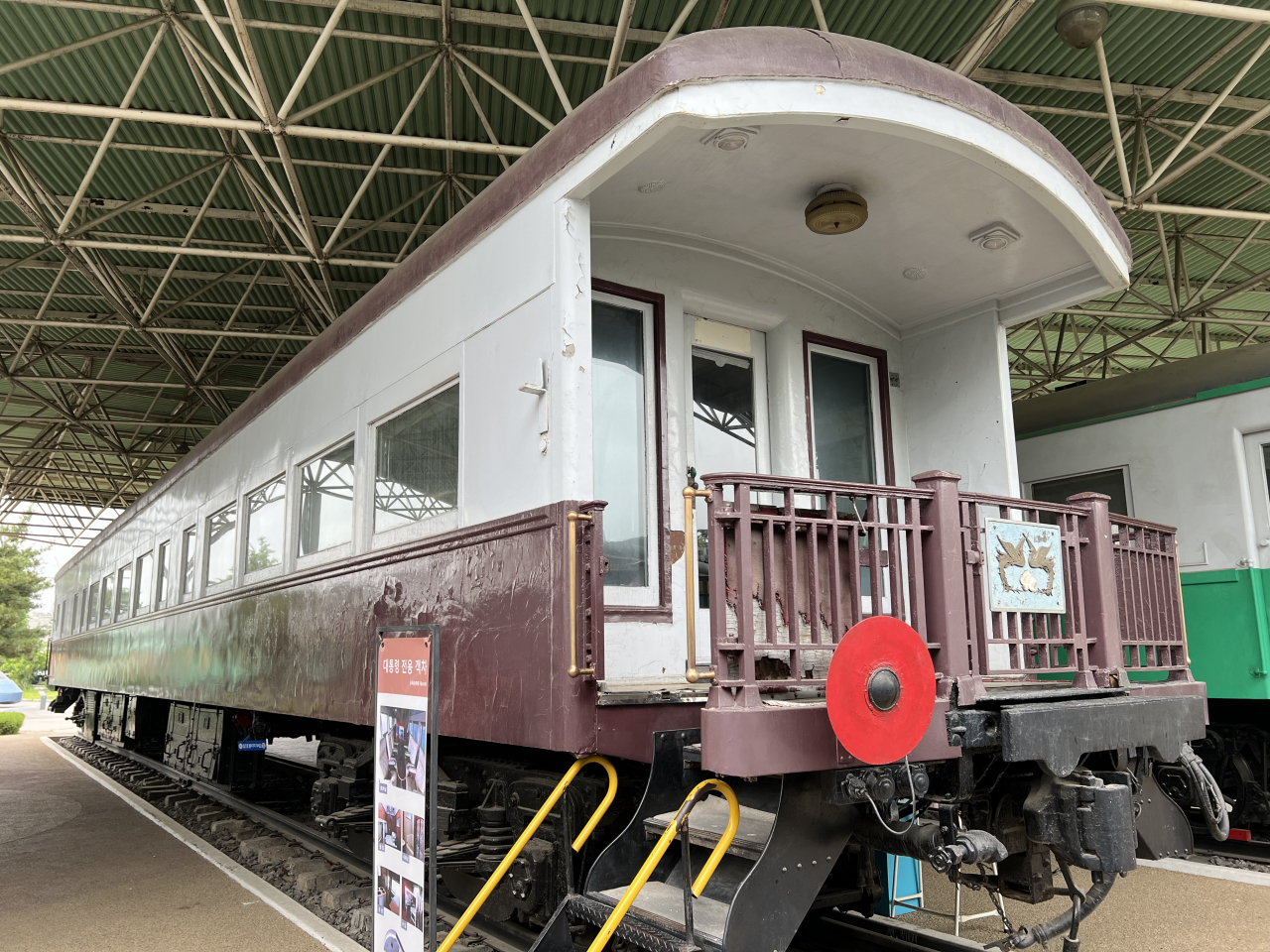
The notable vehicles on display outside include the Pacific Steam Locomotive No. 23, a presidential train carriage used by former presidents in the 1950s and 1960s, a narrow-gauge boxcar that primarily transported agricultural products, and a diesel-electric rail car that served the state's diplomatic purposes until 2001.
Upon entering the museum's first-floor hall, a large-scale photo captures the historic inauguration ceremony of the Gyeongin Railway in March 1897.
The photograph, taken during the period when the US held railroad management rights, offers a glimpse of Korean history.
"You can tell from the Koreans' attire that the photograph shows a country in mourning following Eulmisabyeon, Japan's assassination of Empress Myeongseong, wife of Gojong, in 1895," Museum Director Bae Eun-seon told The Korea Herald. "Despite the tragic history, Korea has come a long way. Today, it stands as the fourth country in the world to possess high-speed rail technology."
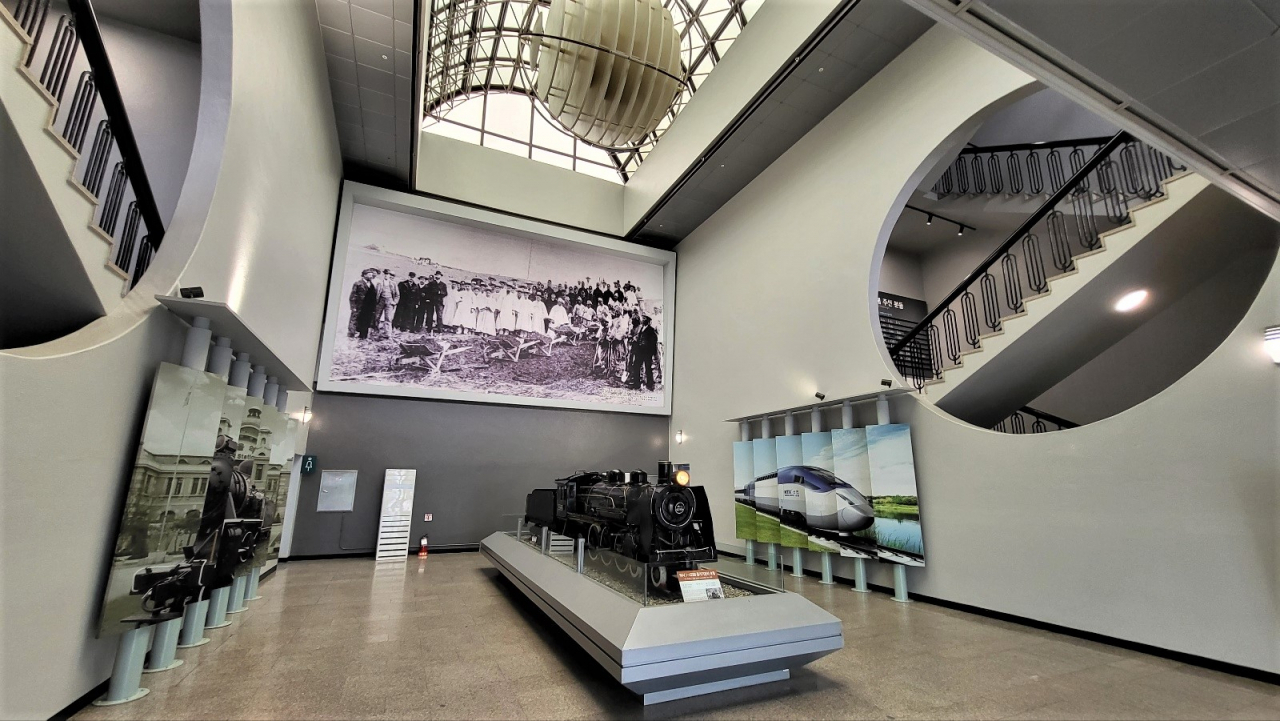

The History Hall on the first floor showcases artifacts related to railroad vehicles. It features various types of tracks, wheels, ticket vendors and materials that were once integral to the railroad system, with detailed explanations accompanying each item.
Visitors can delve into Korea's railroad heritage by exploring historical documents, drawings and maps related to the country's first railway, the Gyeongin Line, established in 1899. Notably, a timetable from 1905 highlights the route of the Gyeongui Line, extending from Gyeongseong to Sinuiju in North Korea, which ceased operation after the Korean War.
Also on the first floor is the Railroad Model Diorama Hall, featuring meticulously crafted miniature replicas of trains that have traversed the Korean landscape, from early steam engines to modern KTX trains. The miniature trains, a favorite among children and families, operate three to five times daily.
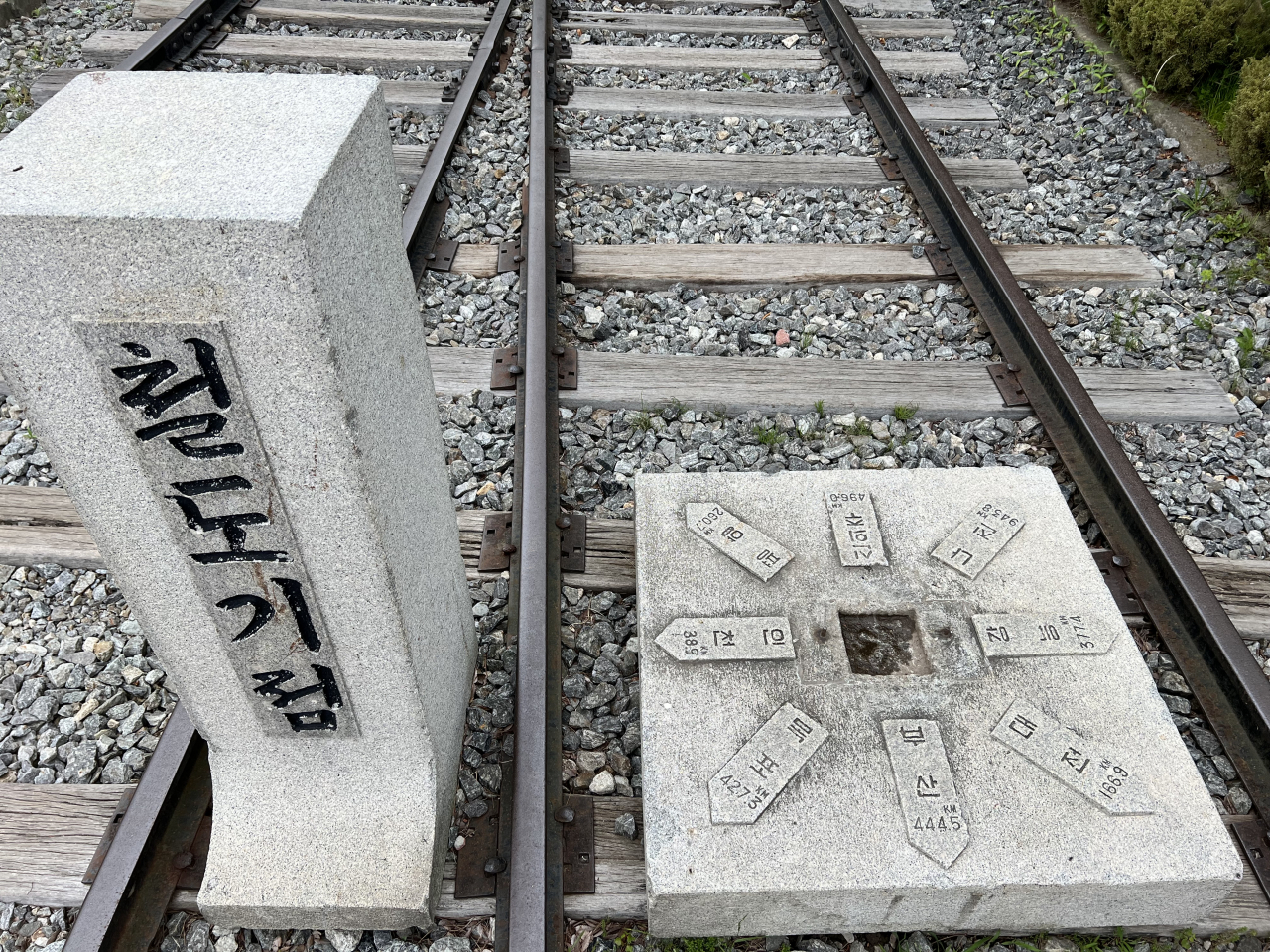

For those seeking a hands-on experience, two train conductor simulators are installed near the hall's exit.
On the second floor, the focus shifts to electronics, communications and facilities associated with the transportation industry in general.
Visitors can get a glimpse of the history of what it was like for the elite to eat at the Seoul Station Grill. Dating back to 1925, the restaurant underwent numerous renovations and continued to operate until Nov. 30, 2021 when it closed for good amid COVID-19 pandemic.
Meanwhile, a tram track dating back to the Japanese colonial period was unearthed last year at the excavation site of woldae, an elevated stage, in front of Gwanghwamun, and the track and related artifacts will be moved to the Korea Railroad Museum by the end of October.
They will be on display outdoors in late November, according to the museum.
This is the sixth article in a series that introduces a variety of unique museums that focus on a diverse range of themes, from art and science to history and technology. — Ed.



















